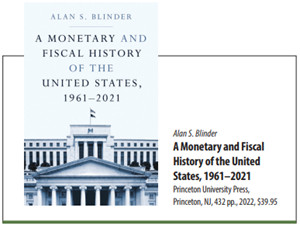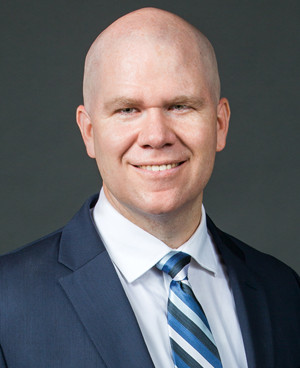The twin crises of this century (the 2008 financial crisis and the 2020 global pandemic) notwithstanding, we live in a world created by central bankers of the 1980s and 1990s.

In his new book, Alan Blinder—the famed economist and former Fed vice chair involved in fiscal and monetary policy during that golden era—celebrates the wisdom of central bankers but also highlights their sometimes-ugly incursions and excursions into the world of fiscal policy.
Blinder writes with the verve for which he is justly famous. Blinderian parentheticals abound, as do biographical snippets of key players. More important, as befits an economist involved in policy for the past 40 years, the author is laser-focused on history’s implications for present policy disputes. A book of history written for our time, it has much to say about the fiscal-monetary conflicts and collaborations that continue apace, including most recently the 2020 crisis, perhaps the biggest fiscal-monetary collaboration since World War II.
Blinder’s is an avowedly (neo-)Keynesian account of the sweep of this economic history, in praise of the technocrats and their political masters, in a defensive crouch for central bank independence—confident that there are right and wrong policy answers to questions posed by the economy. Blinder would most certainly disagree with the notion, for example, that central bankers are political actors. This is, I think, the greatest weakness of his account. What we get is a strong account of politicians with profound short-term bias and technocrats serving as the intellectual counterweight whose errors were primarily—perhaps exclusively—their failure to exercise the independence their status requires.
The reality is more complicated. While Blinder’s account defends well the proposition that central bankers and their technocratic counterparts advising politicians on fiscal policy were often not partisan in their advice, his defense of the view that they are not political is less satisfactory. It’s an important difference. There are good reasons Blinder’s view of the Fed’s policies in, say, 2009 were so diametrically different from Allan Meltzer’s. It’s not because Blinder is a Democrat and Meltzer was a Republican. It is because of how Blinder and Meltzer each reduced the world’s complexities through a worldview that facilitated this reduction.
Central bankers are in the business of, among much else, a similar reduction. In 2023, as the Fed leads the world in global interest rate tightening in response to record inflation, we are again in the throes of this intellectual battle. The stakes are high, but not merely technocratic. Central bankers will, in the coming months and years, exercise value judgments under conditions of significant uncertainty. Blinder’s book is a vital resource for us all as we navigate these tensions. Where we must dig deeper is in appreciating just how much politics they will practice in the process.
Opinions expressed in articles and other materials are those of the authors; they do not necessarily reflect IMF policy.









